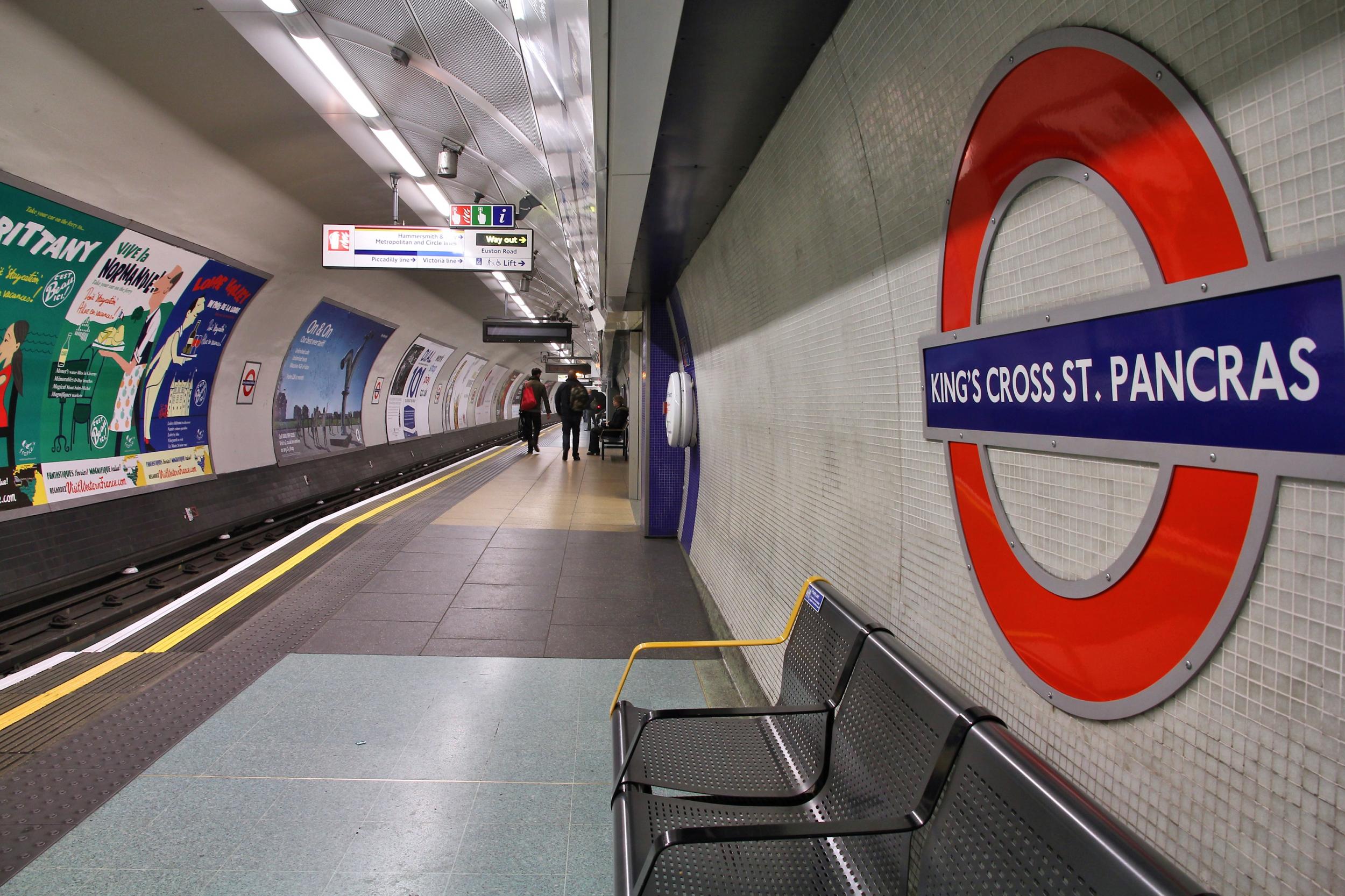London commuters with longer journeys more likely to get sick, says study
Commuters who change trains at busy interchanges are more vulnerable to flu

Your support helps us to tell the story
From reproductive rights to climate change to Big Tech, The Independent is on the ground when the story is developing. Whether it's investigating the financials of Elon Musk's pro-Trump PAC or producing our latest documentary, 'The A Word', which shines a light on the American women fighting for reproductive rights, we know how important it is to parse out the facts from the messaging.
At such a critical moment in US history, we need reporters on the ground. Your donation allows us to keep sending journalists to speak to both sides of the story.
The Independent is trusted by Americans across the entire political spectrum. And unlike many other quality news outlets, we choose not to lock Americans out of our reporting and analysis with paywalls. We believe quality journalism should be available to everyone, paid for by those who can afford it.
Your support makes all the difference.London commuters who have longer journeys or use busy interchange stations are most vulnerable to airborne infections, according to a new study that proves there is a link between underground travel and infection.
The risk of passengers picking up flu-like infections is higher if they have longer journeys or change lines at crowded London interchanges, where they will come into contact with more people.
Around five million passengers use the Tube every day, with more than 543 trains running during peak times.
The study found that infection rates for residents of Islington, who are more likely to change lines at crowded King's Cross St Pancras, were nearly three times higher than for commuters from Kensington, who would typically take direct trains.
Flu cases were lower in London boroughs that are served by more underground lines, as it means faster trips for commuters, fewer stops and less contact with others. Lower flu rates were also found in boroughs where the population didn’t rely on public transport as the main form of transport.
The study, by Dr Lara Goscé from the University of Bristol’s Department of Civil Engineering and Dr Anders Johansson from Bristol’s Department of Engineering Mathematics, was published in Environmental Health.
They compared Oyster card route information and Public Health England data on flu-like illnesses.
“Higher rates [of influenza-like cases] can be observed in boroughs served by a small number of underground lines: passengers starting their journey in these boroughs usually have to change lines once or more in crowded junctions such as King’s Cross in order to reach their final destination,” said Dr Goscé.
In September, The Independent reported that plastic airport security trays have more respiratory viruses than public toilets.
Join our commenting forum
Join thought-provoking conversations, follow other Independent readers and see their replies
Comments